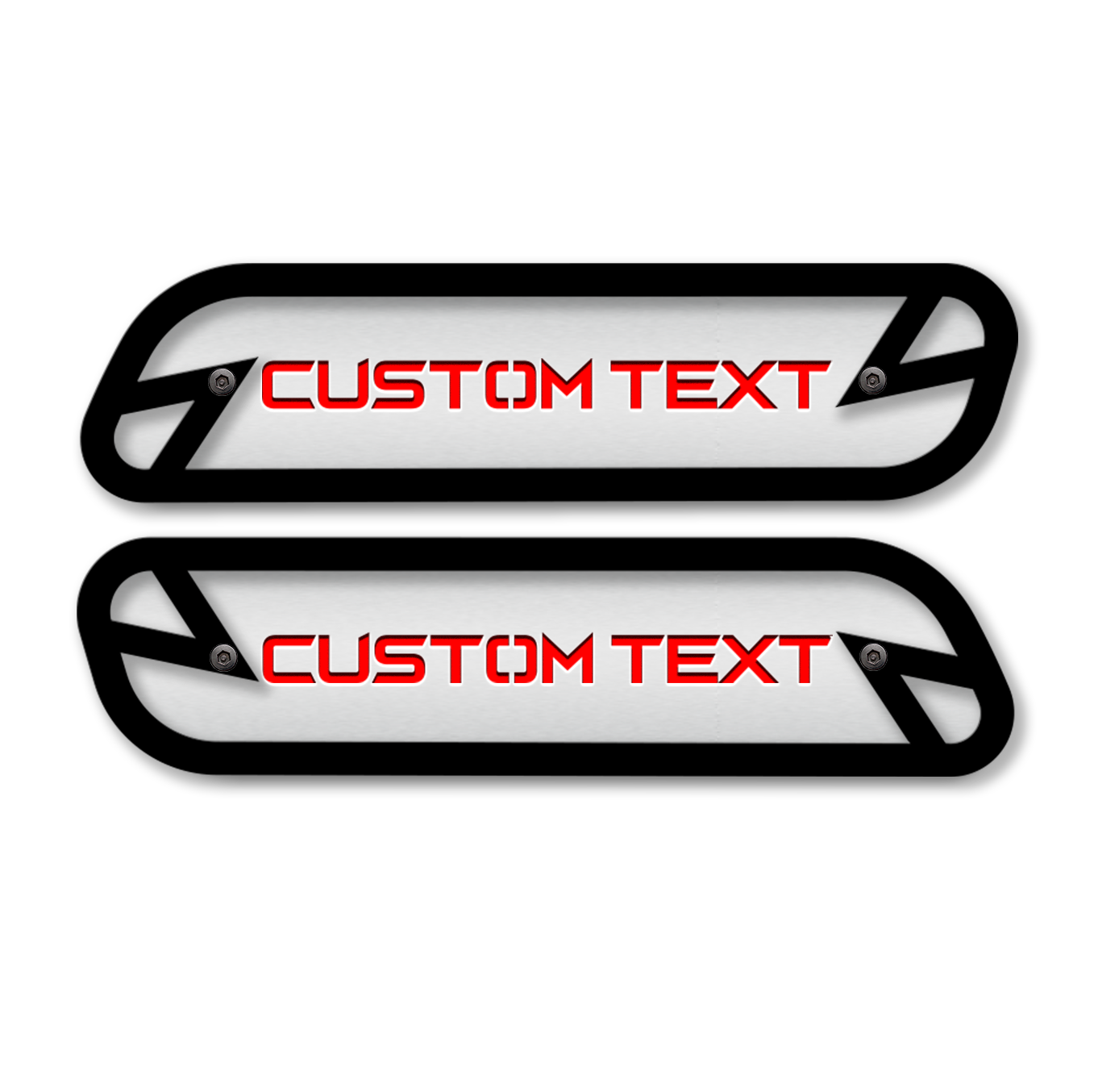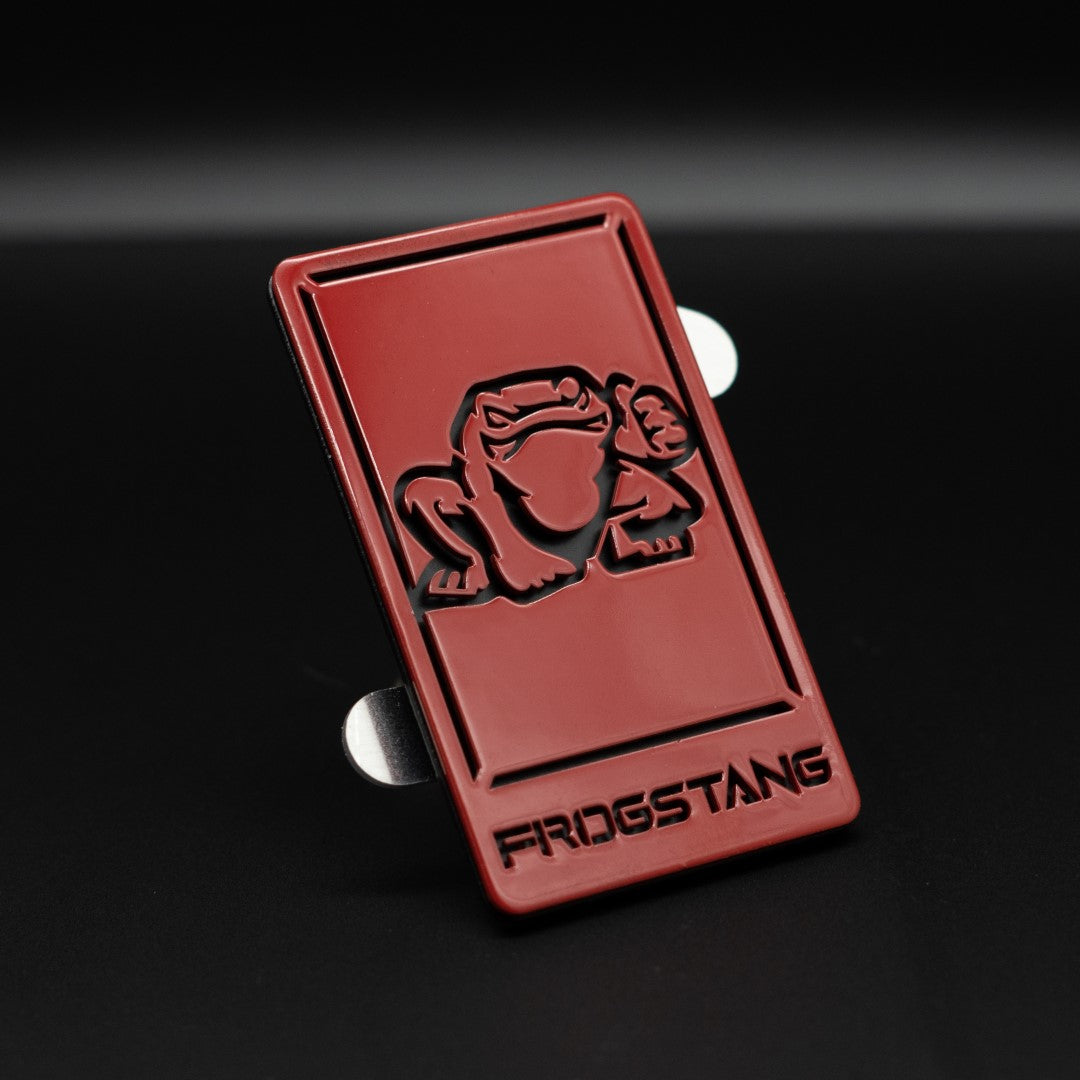Style the Perfect Identity with a Custom Emblem for Your Brand
Style the Perfect Identity with a Custom Emblem for Your Brand
Blog Article
Producing an Enduring Impact With Customized Emblems: Design Tips and Ideas
The production of a custom symbol is a critical action in developing a brand name's identity, yet several neglect the nuances that add to its efficiency. As we explore these vital elements, it comes to be clear that there is more to crafting a symbol than plain looks; understanding these concepts can transform your method to brand representation.
Comprehending Your Brand Name Identification
Recognizing your brand identity is vital for creating custom-made emblems that reverberate with your target market. Your brand identification encompasses the worths, mission, and character that define your organization. It acts as the structure for all aesthetic depictions, including customized emblems. By clearly articulating what your brand name stands for, you can make sure that the design components of your symbol show these core principles.

A distinct brand name identity not just aids in creating a remarkable emblem yet additionally cultivates brand name loyalty and recognition. Ultimately, a symbol that truly mirrors your brand identity will create a purposeful link with your audience, strengthening your message and improving your overall brand technique.
Picking the Right Color Styles
Selecting the right colors for your custom-made emblem plays an essential function in communicating your brand name's identity and message. Shades stimulate feelings and can dramatically affect perceptions, making it vital to pick tones that reverberate with your target audience. Begin by thinking about the emotional effect of colors; for instance, blue usually shares depend on and professionalism and trust, while red can evoke enjoyment and seriousness.
It is likewise critical to straighten your shade choices with your brand name's values and market. A tech company may opt for amazing colors, such as greens and blues, to reflect innovation and reliability, whereas an imaginative agency may accept vivid and vibrant colors to display imagination and energy.
Additionally, take into consideration the shade consistency in your layout. Making use of a shade wheel can help you identify corresponding or analogous shades that produce visual equilibrium. Go for an optimum of three primaries to preserve simpleness and memorability.
Typography and Font Style Selection
An appropriate typeface can significantly boost the impact of your customized emblem, making typography and font style selection essential components of the style procedure. The typeface needs to straighten with the brand's identification, sharing the suitable tone and message. For circumstances, a modern sans-serif typeface might evoke a feeling of development and simplicity, while a classic serif font style can connect practice and integrity.
When picking a font style, think about readability and scalability. Your symbol will be utilized across different media, from calling card to signboards, so the typeface has to continue to be clear at any kind of size. In addition, avoid extremely attractive font styles that may diminish the total style and message.
Combining fonts can also create aesthetic rate of interest yet requires cautious pairing. Custom Emblem. A common strategy is to utilize a strong font for the major text and a complementary lighter one for second components. Consistency is vital; restrict your option to two or three fonts to keep a cohesive look
Integrating Significant Signs

For instance, a tree may stand for development and stability, while a gear might represent advancement and precision. The secret is to ensure that the symbols resonate with your target market and mirror your brand name's mission. Involve in brainstorming sessions to collect and explore different ideas input from diverse stakeholders, as this can produce a richer selection of alternatives.
Once you have actually recognized prospective symbols, test their effectiveness by sharing them with a focus group or performing surveys. This comments can give understandings right into how well the icons connect your designated message. In addition, consider how these icons will certainly function in combination with various other style components, such as shades and typography, to produce a cohesive and impactful emblem. Inevitably, the appropriate icons can boost acknowledgment and promote a more powerful emotional link with your target market, making your brand name purposeful and memorable.
Guaranteeing Adaptability and Scalability
Guaranteeing that your personalized emblem is versatile and scalable is important for its performance throughout various applications and mediums. A well-designed emblem must preserve its honesty and visual appeal whether it's displayed on a calling card, a web site, or a big banner. To achieve this, focus on creating a layout that is basic yet impactful, staying clear of complex information that may end up being shed at smaller dimensions.

Testing your symbol in various layouts and sizes is crucial. Analyze how it carries out on various backgrounds and in numerous settings to ensure it continues to be well-known and reliable. By focusing on versatility and scalability in your style procedure, you useful site will certainly create an emblem that stands the examination of time and properly represents your brand name throughout all touchpoints.

Final Thought
Finally, the development of custom symbols requires a critical method that integrates various style aspects, including brand name identity, shade option, typography, and symbolic depiction. Emphasizing simpleness and scalability makes sure that the emblem continues to be functional throughout various applications, while meaningful icons boost emotional resonance with the target market. By diligently incorporating these components, brand names can cultivate an unique identity that fosters recognition and leaves a long you could check here lasting impact on consumers.
A well-defined brand identity not only aids in producing an unforgettable symbol but likewise cultivates brand commitment and recognition. Inevitably, a symbol that truly shows your brand identity will certainly create a purposeful link with your audience, strengthening your message and improving your overall brand strategy.
Picking the appropriate colors for your custom-made emblem plays a pivotal role in sharing your brand name's identity and message. By prioritizing adaptability and scalability in your design process, you will certainly develop an emblem that stands the examination of time and effectively represents your brand throughout all touchpoints.
In conclusion, the creation of personalized symbols necessitates a calculated technique that integrates various design elements, consisting of brand name identity, color selection, typography, and symbolic image source depiction.
Report this page